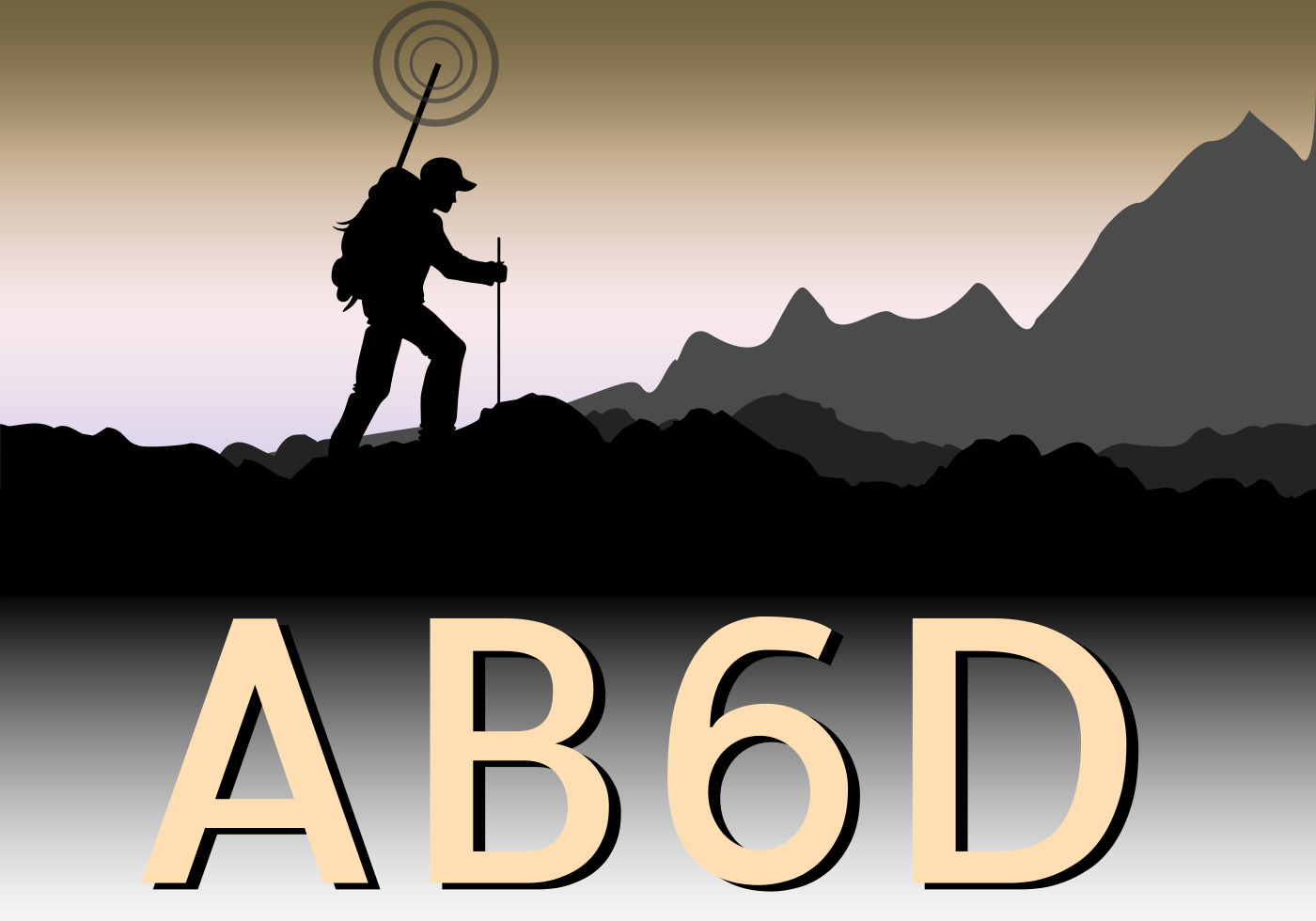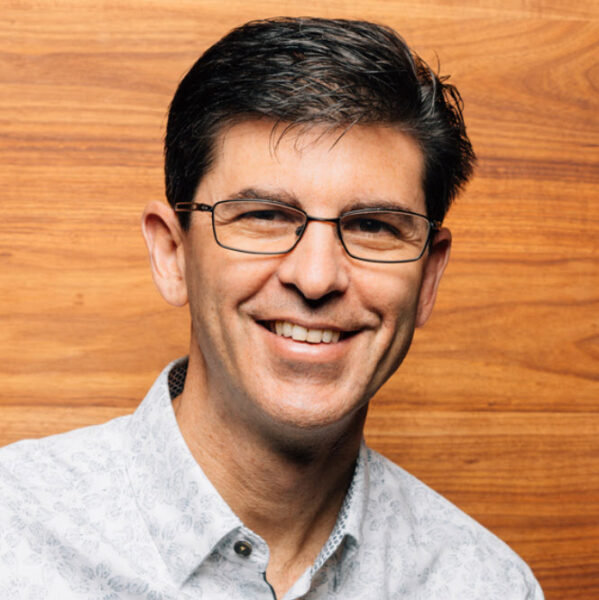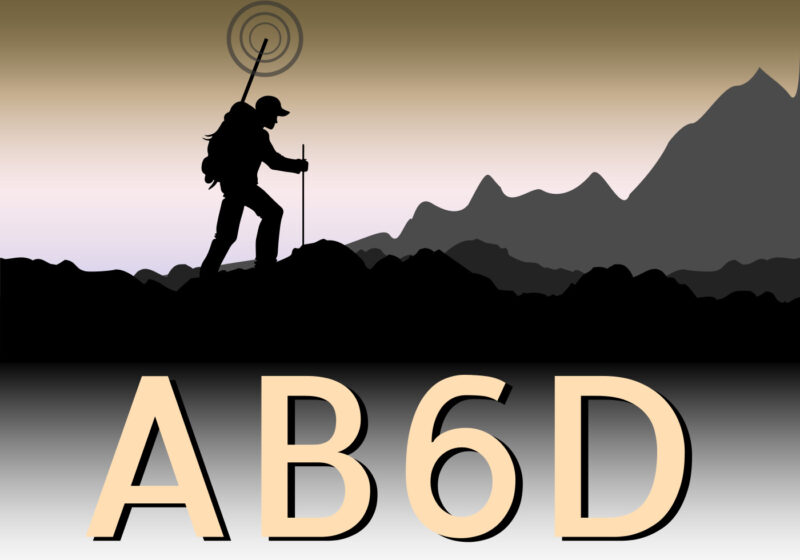Welcome
This site has a few goals:
- Help new hams learn what I struggled to learn as I started my amateur radio adventures,
- Get all hams excited about Summits-On-The-Air, and
- For me to learn how to build and run a WordPress web site (this site) and all the tooling around that ecosystem.
I like learning things. I put energy into learning a new hobby. Once my learning rate stagnates, I tend to lose interest and find another hobby. Amateur radio has been a great hobby because there is so much to learn that I rarely get bored. What other hobby encourages you to build circuits, climb mountains, connect to other cultures, work with the International Space Station, coordinate with emergency responders during disasters, support your local community during a marathon, bounce signals off the moon, and more?
If you are new to amateur (ham) radio, you will find that the basics are straightforward but the more interesting parts of the hobby are quite difficult to learn. It can be hard to find information in language a beginner can understand, or information might not be current with the latest software releases, or information might not even exist where Google can find it. So much of amateur radio depends on software written by experimenters on nights and weekends: not corporations with professional documentation staff. As a beginner, installing Winlink on a Raspberry Pi is like climbing Mount Whitney: it takes commitment and struggle. Have a mindset of ham radio as a journey analogous to assembling a 1,000 piece puzzle: the struggle *is* the fun since it is a hobby and not a job.
I first got involved in ham radio in High School when a teacher (who taught a technical drafting class) helped us enter a state-wide computer programming competition against other high schools. On the long drives to New York City for the annual competition, he would bring his portable ham radio and hit repeaters on the way, and even made a phone call via an auto-patch. That caught my interest. My dad and I studied, took our written and Morse Code tests, and passed! The FCC granted us sequential call signs: KA2VYR and KA2VYS back in the 1980’s. I had a license and eventually a Heathkit receiver, but no transmitter. I went to college and forgot about ham radio.
Many decades later a coworker showed me some pictures of some amazing things he did with ham radio on his sabbatical. I was hooked and studied to re-certify. I took all 3 exams on the same day and passed my Technician, General, and Extra license. I had my eye on the vanity call sign AB6D (which reminds me of ABCD) and the FCC lottery worked in my favor! I had arrived.
Next I attended a Marin county amateur radio club meeting in an old fire station they owned, and loved that they did a demonstration of home-brew surface mount construction. I moved shortly after and attended the San Mateo Radio Club meetings and Field Day event where I really got hooked. With some “elmers” around I dabbled in digital modes, contesting, APRS, and more. Right now my passion is Summits-on-the-Air, and the current focus of this web site.
My contact information is at the bottom of the page.
I hope my trip reports help you on your journeys.
Home Shack Equipment
- Elecraft KX3 Transciever
- Elecraft PX3 Panadapter
- MFJ-1026 Noise Canceling Signal Enhancer (subtract a local near-ground “sense” antenna from the elevated “main” antenna to eliminate local noise)
- Yaesu FT-897D Transciever
- EndFedz 40/20 antenna
- Raspberry Pi running KM4ACK’s Build-a-Pi scripts


